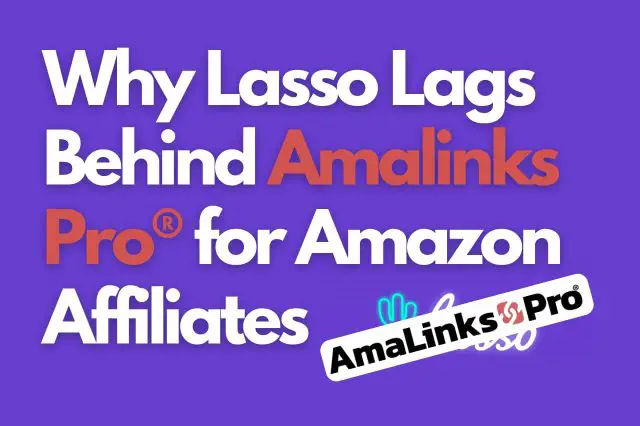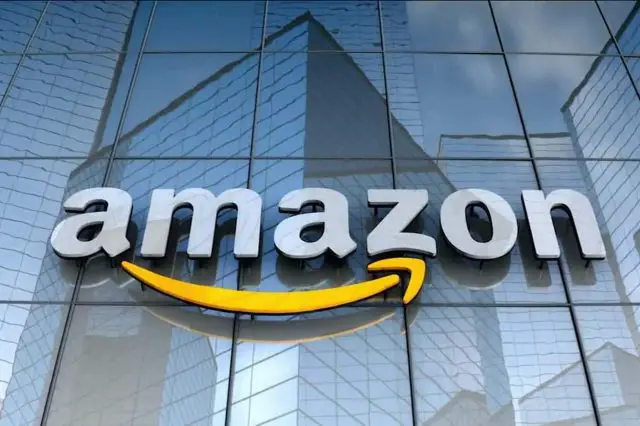Term:
conversion rate
Definition:
Conversion rate is a critical metric in digital marketing and e-commerce, used to measure the effectiveness of a website or marketing campaign in achieving a desired goal, such as generating sales or capturing leads. In simple terms, it refers to the percentage of website visitors who complete a specific action, such as making a purchase or filling out a form.
Conversion rate optimization (CRO) is a strategy that aims to improve the conversion rate of a website or marketing campaign by optimizing various elements, such as the design, copy, and user experience. By identifying and addressing the factors that prevent visitors from taking the desired action, CRO can increase the efficiency and profitability of a business’s online efforts.
To calculate the conversion rate, one needs to divide the number of conversions (such as sales or sign-ups) by the total number of visitors to the website or landing page and then multiply it by 100. For example, if a website receives 1000 visitors in a month, and 50 of them make a purchase, the conversion rate would be 5%.
Conversion rate can be measured for different types of actions, such as clicking on a link, adding an item to the cart, completing a checkout, or subscribing to a newsletter. The specific action that is tracked depends on the business goals and the customer journey. For example, an e-commerce store might track the conversion rate of checkout, while a B2B company might track the conversion rate of lead capture forms.
Conversion rate is an essential metric for businesses that rely on their website to drive revenue or leads. It provides a clear picture of the effectiveness of a website in converting visitors into customers, and helps businesses to identify the areas that need improvement.
Conversion rate also plays a crucial role in digital marketing, where it is used to measure the performance of various campaigns, such as paid search, display ads, social media, or email marketing. By tracking the conversion rate of different campaigns and channels, businesses can optimize their marketing budget and allocate resources to the most effective channels.
One of the most significant benefits of conversion rate optimization is that it allows businesses to generate more revenue or leads without increasing their traffic. By improving the conversion rate, businesses can make the most out of their existing traffic and increase their ROI.
Conversion rate optimization involves a data-driven and iterative approach that aims to identify the factors that prevent visitors from converting and test different solutions to address those issues. Some of the common factors that can impact conversion rate include:
- Poor website design: A website that is cluttered, confusing, or unattractive can discourage visitors from taking action.
- Unclear messaging: Visitors should be able to understand the value proposition and the benefits of the product or service within a few seconds.
- Slow loading speed: A website that takes too long to load can lead to high bounce rates and low conversion rates.
- Complicated checkout process: A lengthy or confusing checkout process can cause visitors to abandon their cart and never return.
- Lack of social proof: Social proof, such as customer reviews, testimonials, or trust badges, can increase the credibility and trustworthiness of a business.
To improve the conversion rate, businesses can implement various strategies, such as A/B testing, user testing, heat mapping, or customer surveys. These methods can help businesses to test different variations of their website and messaging, and identify the factors that lead to the highest conversion rate.
Conversion rate is a critical metric that measures the effectiveness of a website or marketing campaign in achieving a specific goal. By optimizing the conversion rate, businesses can increase their revenue or leads without increasing their traffic, and improve the efficiency of their online efforts. Conversion rate optimization is a data-driven and iterative process that involves testing and experimenting with different elements to identify the factors that lead to the highest conversion rate.
Conversion rate (CR) is a percentage-based calculation, used to see what percentage of website visitors are making a purchase or taking some other desired action. A higher conversion rate means that more people are converting, or taking the action you are measuring.
Related:

Miles Anthony Smith
Miles is a loving father of 3 adults, devoted husband of 24+ years, chief affiliate marketer at AmaLinks Pro®, author, entrepreneur, SEO consultant, keynote speaker, investor, & owner of businesses that generate affiliate + ad income (Loop King Laces, Why Stuff Sucks, & Kompelling Kars). He’s spent the past 3 decades growing revenues for other’s businesses as well as his own. Miles has an MBA from Oklahoma State and has been featured in Entrepreneur, the Brookings Institution, Wikipedia, GoDaddy, Search Engine Watch, Advertising Week, & Neil Patel.




